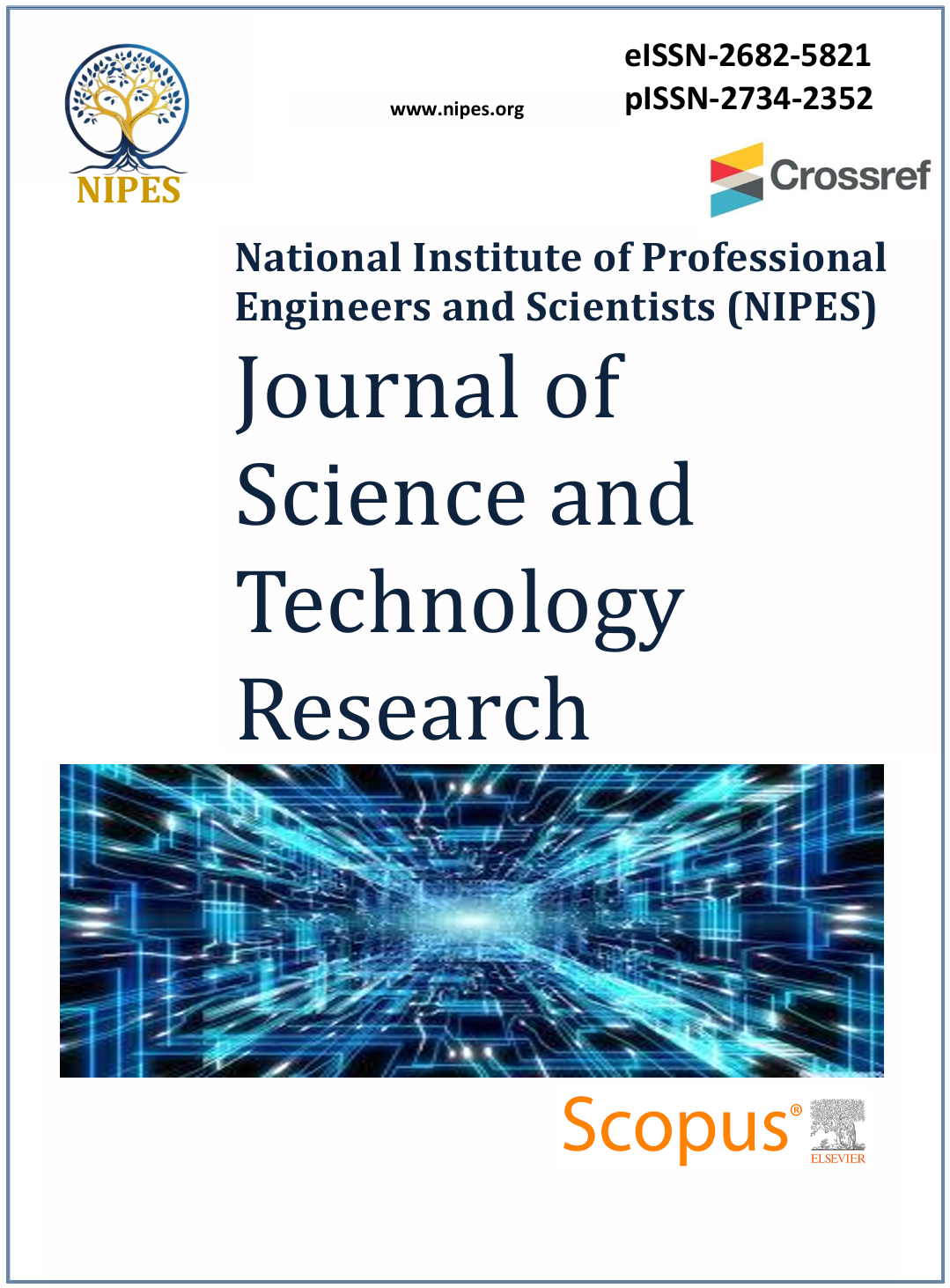Strength Characteristics of Concrete Produced with Kitchen Wastewater and Polyethylene Terephthalate (PET) Granules as Partial Replacement for Fine Aggregate
DOI:
https://doi.org/10.37933/nipes/7.2.2025.21Abstract
This study investigated the strength characteristics of concrete produced using kitchen wastewater as mixing water and waste polyethylene terephthalate (PET) granules as partial replacements for fine aggregates. Concrete mixes were designed with PET replacement levels of 0% to 30% by volume, and their performance was assessed through tests on workability, density, water absorption, compressive strength, split-tensile strength, and microstructural properties. The results demonstrated that concrete with 15% PET replacement exhibited the best balance of mechanical properties and durability by achieving a 28-day compressive strength of 11.23 N/mm² and reduced water absorption rates. Although this value falls below the M20 target strength (20 N/mm²), it may be appropriate for non-load-bearing uses, pavements, and lightweight concrete elements. Such strength is sufficient for applications like walkways, partition walls and other low-load structural components. Microstructural analysis revealed improved interfacial bonding and reduced porosity at optimal PET replacement levels. The use of kitchen wastewater did not negatively affect concrete quality thereby affirming its potential for light-weight construction. This research demonstrated the viability of integrating PET waste and kitchen wastewater in concrete production thus contributing to resource conservation.






